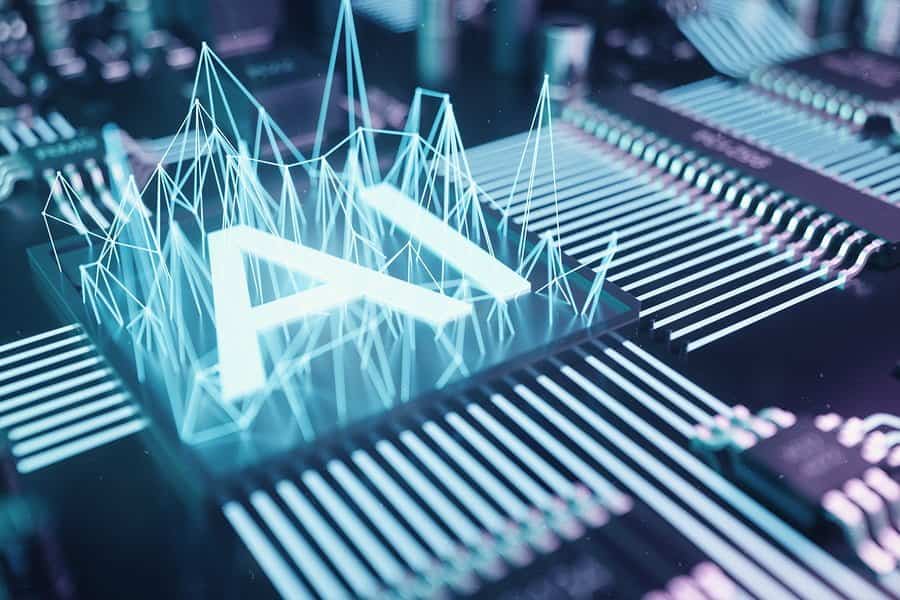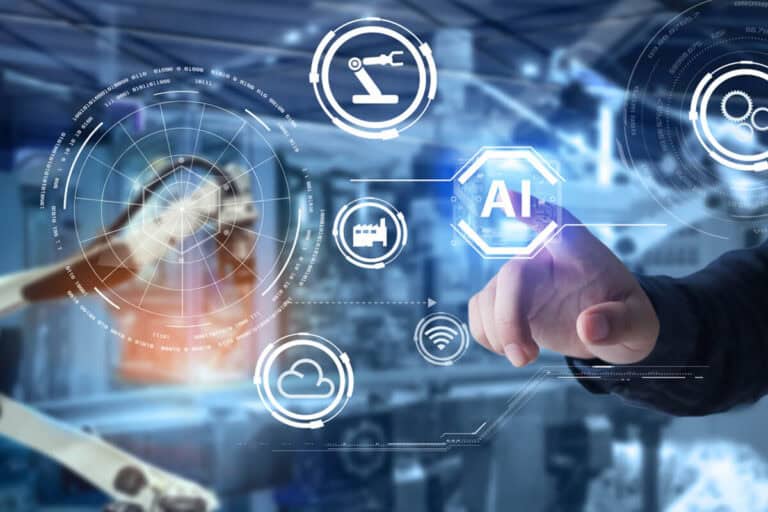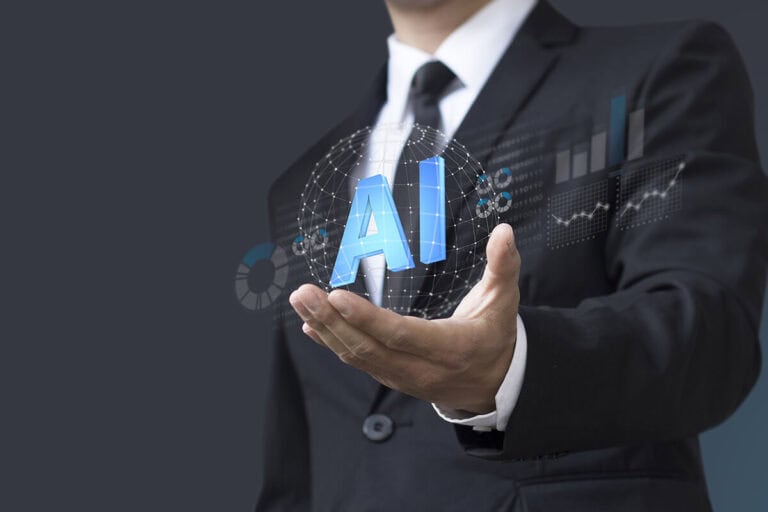“The pace of innovation has never been faster than it was yesterday and it will never be slower than it is today.”
 There’s no better way to describe how technology is disrupting work life… and no better way to describe how artificial intelligence (AI) is disrupting how technology is consumed.
There’s no better way to describe how technology is disrupting work life… and no better way to describe how artificial intelligence (AI) is disrupting how technology is consumed.
Table of Contents
ToggleIt was 7:00 PM on December 3, a snowy evening in suburban Chicago. Nancy Gelfen was cleaning up dinner when she got the call every daughter fears: mom had a heart attack in upstate New York. She was recovering in the VA hospital in Albany.
Within an hour, Nancy was boarding a plane at O’Hare. She was less anxious than she would have been if she wasn’t able to monitor mom’s vitals on her iPhone. She had no idea the medical records app was down an hour before the ambulance arrived. She didn’t have to wait on hold to reset her password or confirm the middle initial of her first pet’s spouse. AI-driven automation resolved all the problems Nancy never had.
What can be predicted is better left to machines. What requires intuition is better left to humans.
Increasingly, every routine decision in our lives is being made or assisted by AI. Obvious examples include what we buy on Amazon and watch on Netflix. Less obvious examples include preventing down time for the payroll app or figuring out what we’re willing to pay for an Uber on New Year’s Eve.
2018 was a renaissance year for AI when we realized its power… and learned to fear its potential. In 2019, it will become ubiquitous at home and at work and we’ll get better at regulating and understanding it. Here are three key trends that will catalyze the rise of enterprise AI in 2019 and beyond:
AI becomes ambient
AI at work will soon become ambient – all around in unobtrusive ways. Three examples that will become commonplace:
- Janitors will only clean conference rooms that have been used,
- White boards will erase themselves after saving and uploading their content to its owners, and
- Work spaces will be configured for visiting employees based on their preferences – WiFi access, printers, conference room bookings, room temp.
Smart work spaces exist today. In Georgia, for example, the country’s second-largest producer of chemicals for oil-based paint uses AI-based automation to manage HVAC settings and building access. McDonald’s uses AI to reduce down time for restaurant supervisors troubleshooting issues with kitchen equipment. Expect smart spaces to deliver on the over-hyped promise of smart appliances.
AI becomes explainable
It’s not enough for AI to automate routine tasks. For it to be trusted, the algorithms underlying AI-based decisions must be transparent.
For AI-based solutions to succeed in 2019 and beyond, the decisions they automate must be explained in simple report card terms. Every AI solution will be required – by customers first and regulatory agencies later – to answer three key questions:
- Which decisions were aided by AI?
- What data was used to make them, and
- How would changing specific inputs have led to different decisions.
Just like even the most reputable lawyers and surgeons can’t make arbitrary decisions, so too will algorithms be expected to explain their behavior. The best example of the need for explainable AI has become a cliché for self-driving vehicle ethicists.
It’s called the “trolley problem” and it’s based on academic research from Philippa Foot in 1967: given control of a lever, would you choose to divert a runaway trolley from hitting five people if you knew pulling it would kill one person. See this fascinating longitudinal analysis of how responses to the trolley problem vary by culture.
AI will be faced continuously with similar ethical dilemmas. Developers and system owners need to explain why every AI-aided decision was made and how to alter subsequent, related decisions.
AI becomes configurable
AI that is ambient because it’s explainable must also be configurable.
Most of the jobs created by AI-driven automation will involve data management, algorithm tuning, and most important, system configuration. For example, when IT infrastructure owners use AI to assess the risk of upgrading the firmware in a router, they need the ability to set thresholds for risk and conduct scenario analyses based on upgrading different systems to different patch levels at different times. For high-impact use cases like security patching, AI systems must do more than use data to build models that make predictions – they must be designed to empower operators to experiment.
It’s the fusion of human intuition with machine automation that will ultimately lead to the productivity gains we expect. AI must be explainable and transparent. In 2019, successful vendors will invest in the configurability and UX of AI as much as the data science to earn the trust of enterprise CIOs.
According to a recent McKinsey study, 70% of companies will have adopted at least one AI solution by 2030 and those solutions will contribute up to $120B in global GDP.
Today, every enterprise leader faces pressure from customers and shareholders to define AI strategies that create value in ways that are fair, transparent, and predictable. Before end of year, expect strategies to become action plans with timelines and budgets.
Millions of people like Nancy will benefit from AI in ways they’ll never know. 2019 will be remembered as the year of responsible AI, when modern, algorithm-backed applications become ambient, explainable, and configurable.





